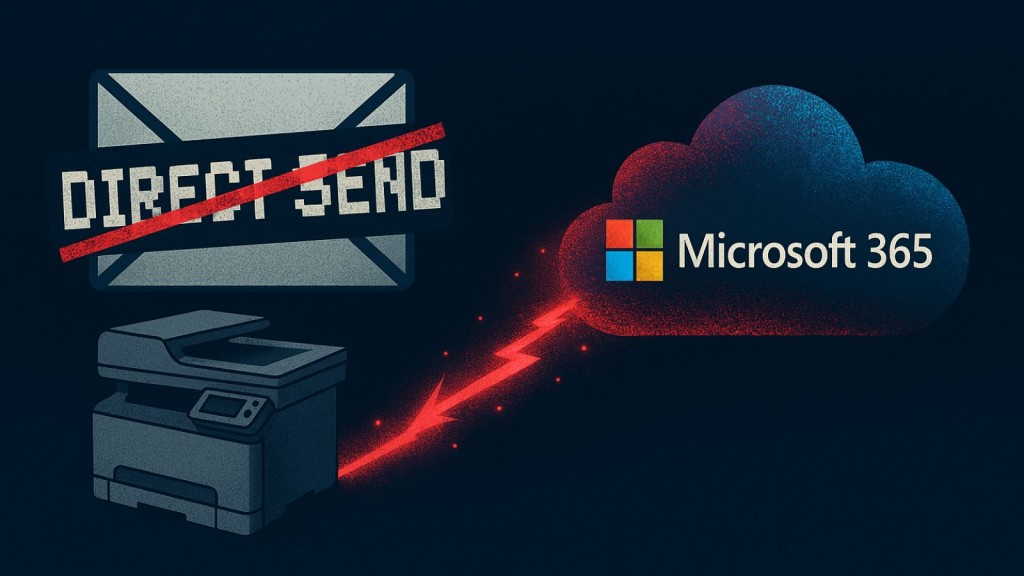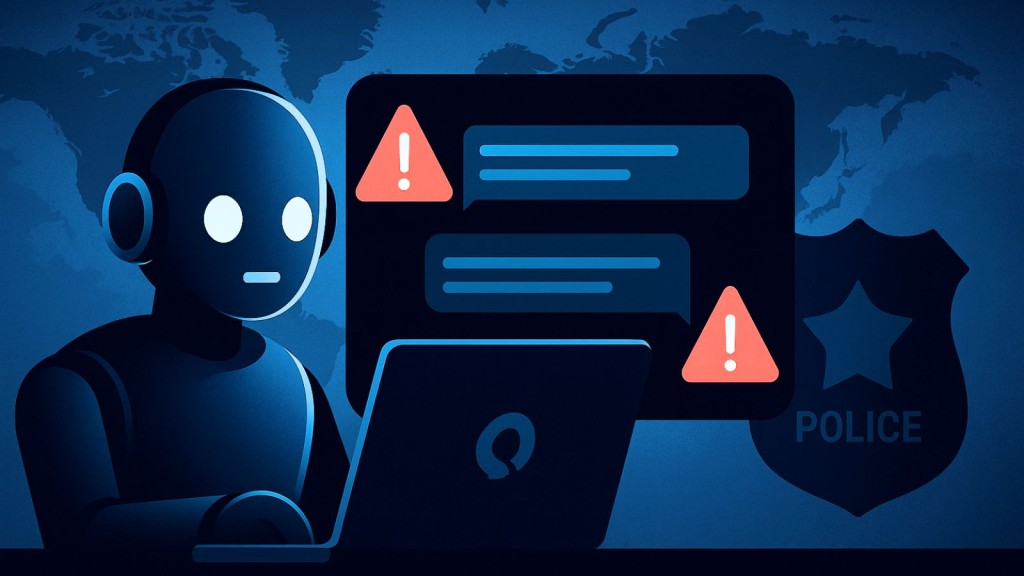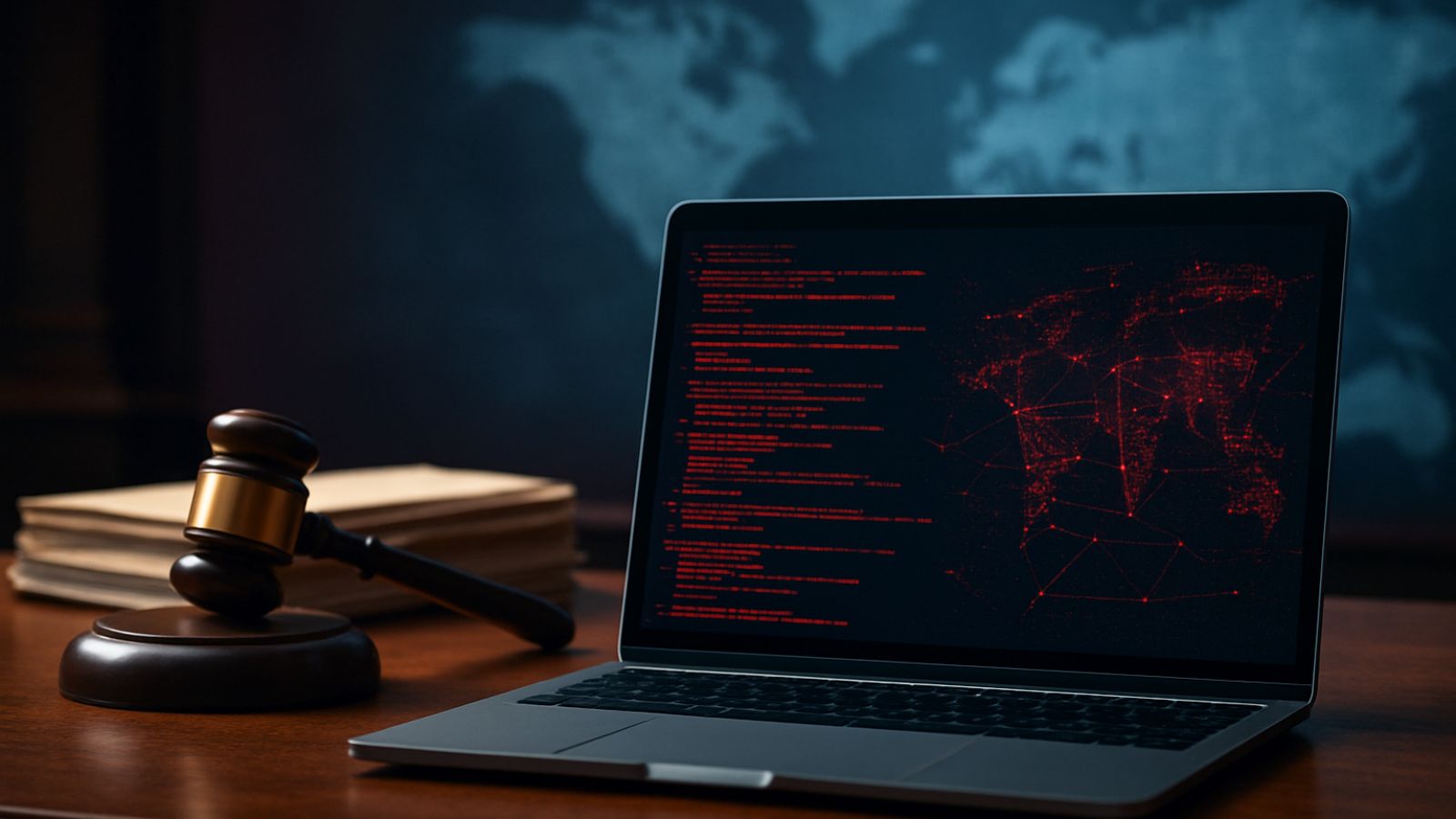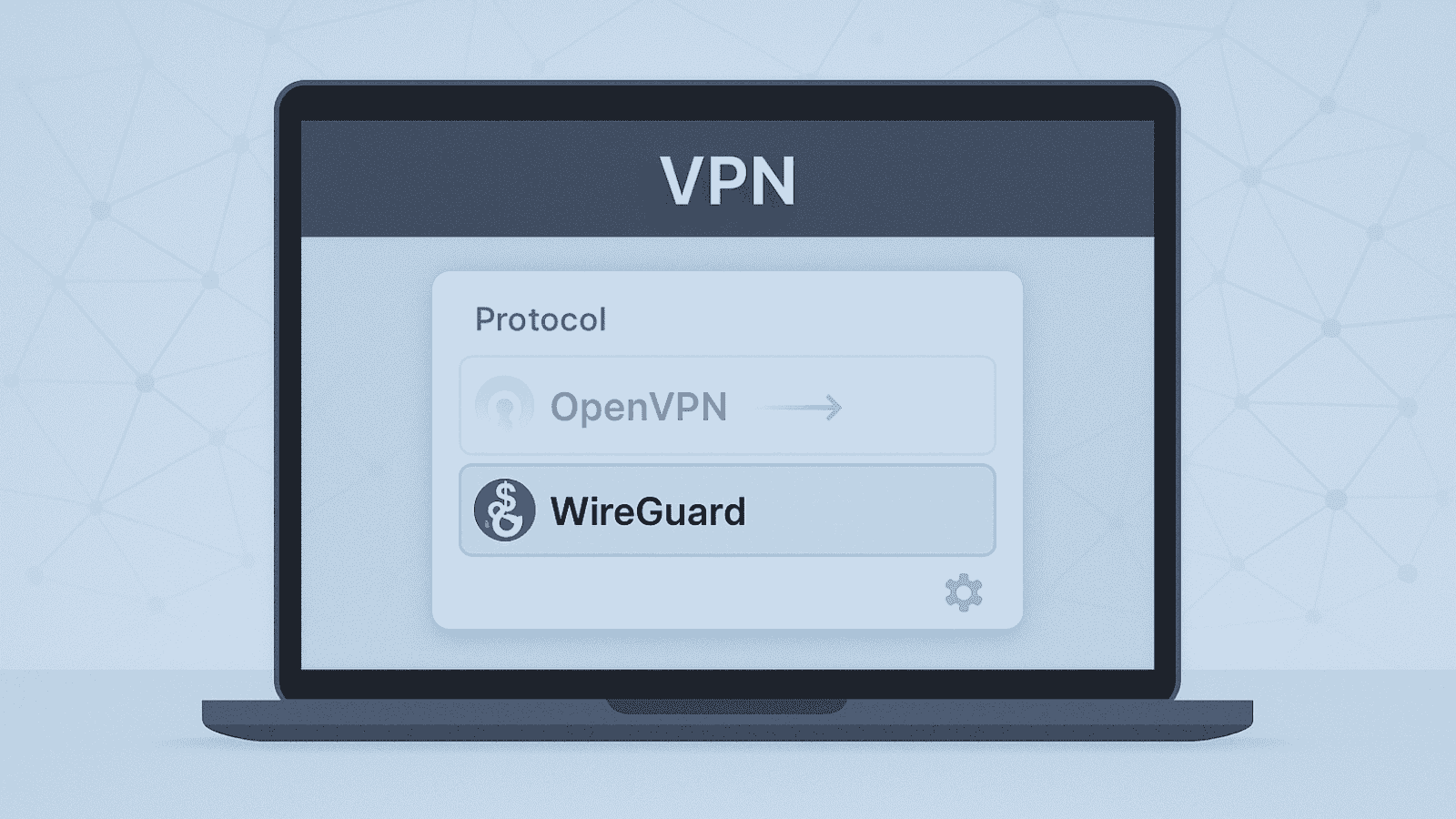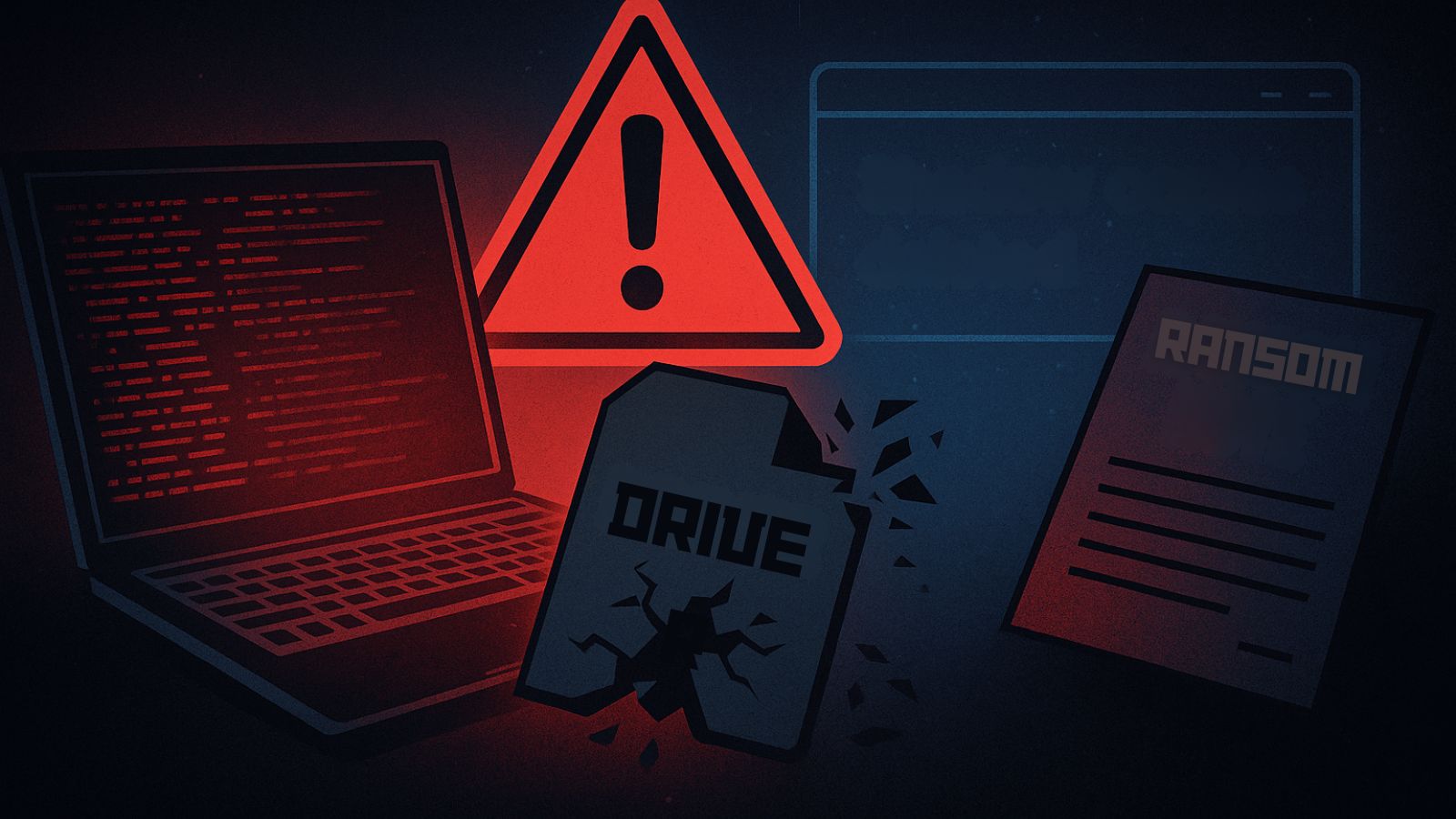
With Your Credentials: Ransomware, or Phishing, Attackers Seek to Evade Detection and Access Controls
A massive AWS outage and a major F5 breach revealed how fragile digital dependencies can be, while new research spotlighted ransomware, phishing, and identity abuse as dominant threats.
The cybercrime landscape reflects that attackers do not want to face defenses and security mechanisms and instead take the easier path.
Forging ahead, Matt Mullins, Head Hacker and Offensive SME, Reveal Security outlines that newer solutions that don't rely on signature based detection and instead use ML- and AI-based behavioral anomaly detection can better help defenders to distinguish what's benign and what's malicious.
AWS Outage Causes Global Disruption, Hundreds of Services Down Including Ring, Alexa, PSN
A widespread AWS incident disrupted hundreds of platforms, including Alexa and Ring, following a DNS failure in the us-east-1 region. The outage impacted Amazon's platforms, creating a broad Amazon cloud disruption. It drew attention to concentration risk in cloud ecosystems.
AWS Outage Update: Services Restoring After Major DNS Failure
Engineers restored AWS services after isolating the DNS malfunction that triggered global outages. While the core issue has been mitigated, the company stated that some services, such as AWS Config and Redshift, continue to process a backlog of messages, and full restoration may take a few more hours.
The recovery highlights how a single point of failure in critical infrastructure can ripple across industries, underscoring the growing calls for cloud diversification and architectural resilience.
F5 Cybersecurity Breach Exposes Widespread Risks, Raises Supply Chain Concerns
F5 confirmed a cybersecurity breach exposing internal datareportedly suspected to be carried out by Chinese state-sponsored actors. The breach persisted for over a year, leading to the theft of source code and vulnerability data under development. This incident has put security teams on high alert due to F5's extensive footprint within global corporate and government networks,
Home Depot Halloween Phishing Scam Uses Fake Giveaway to Steal Data
Scammers are promoting fake Home Depot Halloween giveaways to trick users into revealing payment and identity details. Phishing emails, which claim the recipient has won a "Gorilla Carts dump cart," hide a multi-stage attack to steal personal and financial information.The campaign, running ahead of the October 31 holiday, leverages social media ads to exploit seasonal curiosity and drive mass data theft.
Microsoft 365 Direct Send Exploit Exposes Significant Email Security Risks
Attackers are abusing Microsoft 365’s Direct Send configuration to bypass authentication and impersonate trusted domains. A feature in Microsoft 365 Exchange Online, Direct Send, is being exploited to conduct phishing campaigns and business email compromise (BEC) attacks. Attackers are launching phishing attacks by impersonating internal users, executives, or IT help desks.
Global Ransomware Attacks Surge, Endangering 50% of Critical Industries
New global data shows ransomware now affects half of all critical sectors, including energy and healthcare. Geographically, the U.S. was the most targeted, followed by Canada, Germany, the U.K., and Italy. The manufacturing sector experienced the highest surge in attacks compared to the same period in the previous year.
The growing overlap between cybercrime and national security underscores the need for proactive threat intelligence sharing and cross-sector defense coordination.
Dark Storm Hacktivist Gang Claims DDoS Attack on SpaceX Website
The hacktivist collective Dark Storm claimed responsibility for DDoS activity targeting SpaceX. Analysts view the incident as part of a trend where politically motivated actors leverage high-visibility brands for public messaging. The full extent and success of the claimed SpaceX DDoS attack have not yet been independently confirmed.
Fake LastPass Death Claims Used to Breach Password Vaults
Attackers are impersonating LastPass support in a phishing campaign by fabricating user death claims to obtain vault access. The attack infrastructure aligns with known CryptoChameleon operations, showing threat actors adapting social-engineering lures for emotional manipulation and credential theft.
The group called CryptoChameleon aims to steal cryptocurrency from Binance, Coinbase, Kraken, and Gemini, through duplicated sign-in pages of credible platforms.
Hackers Can Access Microsoft Teams Chat and Emails
Researchers have demonstrated that stolen session tokens can unlock Teams chats, emails, and files for threat actors without authentication. Exploiting the access tokens allows sending Teams messages and emails. The flaw draws attention to the continued risk of token reuse, and experts urge organizations to tighten session lifespans and enforce anomaly-based monitoring.
Building Cyber Resilience Through Awareness and Ownership
Attackers are increasingly deploying infostealers using legitimate credentials drawing attention to their tactics and the need for detection evasion. As security measures grow stronger, hackers lurk into organizations without having to breach for information whether for financial purposes or for state-sponsored objectives.
Craig Heffner, Senior Staff Engineer at NetRise aptly catures the essence of defensive strategy by saying, “The best defense is a good offense,” highlighting the efforts of security teams.
Roy Gottlieb, Co-founder and CEO at Hopper Security advocates educating developers about typosquats, dependency confusion, and maintainer takeovers to help them.
While this reflects the progress of modern security infrastructure and where security professionals are headed, it also underscores the need for each online user to take charge, and evaluate every online interaction with a critical eye.







